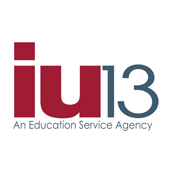Design Challenge The Ring of Fire- Exploring Volcanoes
(View Complete Item Description)During this lesson, students will gain an understanding of the different ways that volcanoes can erupt, as well as how land forms over time as a result of volcanoes. Students will integrate and exhibit learning by designing a model of a volcano that simulates heat sensing and vibration of a volcanic eruption. The Ring of Fire is a 40,000 km stretch of ocean and land along the edges of the Pacific Ocean.Tectonic plates break apart and then crash back together. This causes many earthquakes and volcanoes along the ring of fire.755 of the earth’s volcanoes occur in this area, as well as 80% of earthquakesCreate a system and model of a cinder cone volcano that simulates heat sensing and the vibration of a volcanic eruption.
Material Type: Activity/Lab, Lesson Plan




















